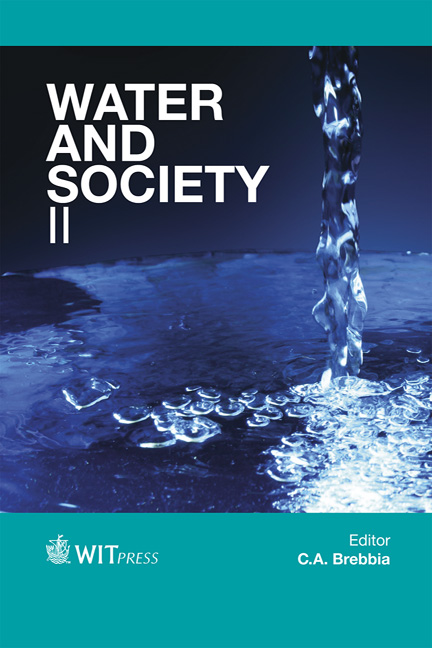Groundwater Legislation And Controls For Sustainability: A Case Study In Niseko, Japan
Price
Free (open access)
Transaction
Volume
178
Pages
8
Page Range
335 - 342
Published
2013
Size
322 kb
Paper DOI
10.2495/WS130281
Copyright
WIT Press
Author(s)
S. Hori
Abstract
Groundwater is an important and indispensable natural water resource although enacting a groundwater law has been postponed for a long time. After World War II, the main water supply system in this country was changed to relying on river water instead of groundwater. The River Act was established in 1971, but the Groundwater Act did not undergo any substantial changes. Recently, there has been a new movement in society about legislation and controls of groundwater. Some land which is covered by green forest and which is a source ground water had been bought by both foreign and domestic investors. This event has received much attention from media all over the country, and people have a good chance to reconsider how we could keep a sustainable groundwater supply system for future generations. In these circumstances, legislation and controls of groundwater are hotly disputed issues in Japan. This paper analyses the uses of groundwater and the Japanese groundwater law through discussion of the case study of Niseko. The municipal government established in this area a new type of groundwater legislation in 2011. I suggest how people could seek sustainable groundwater controls by extending the municipality level to a national level, and looking for solutions after two years of operation. Keywords: groundwater resource management, sustainability, legislation and controls, Niseko, groundwater conservation ordinance, water and society.
Keywords
groundwater resource management, sustainability, legislation and controls, Niseko, groundwater conservation ordinance, water and society





